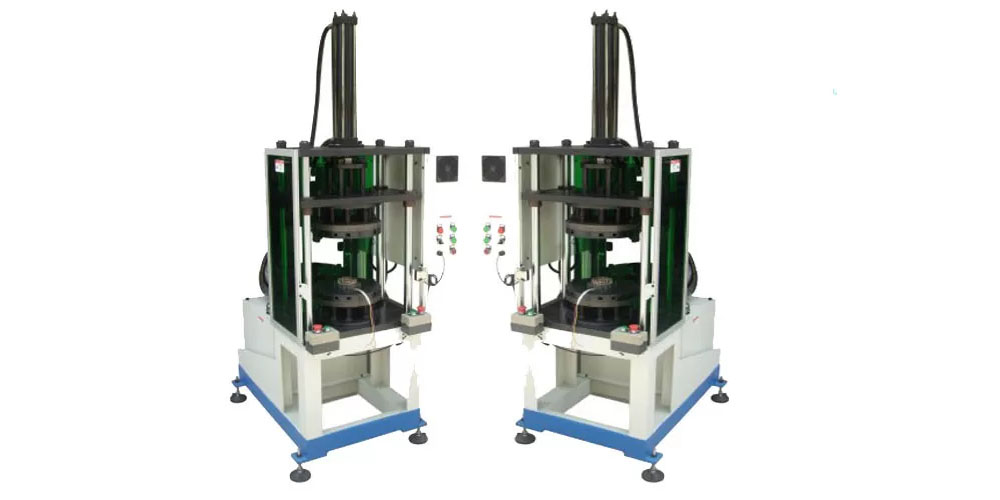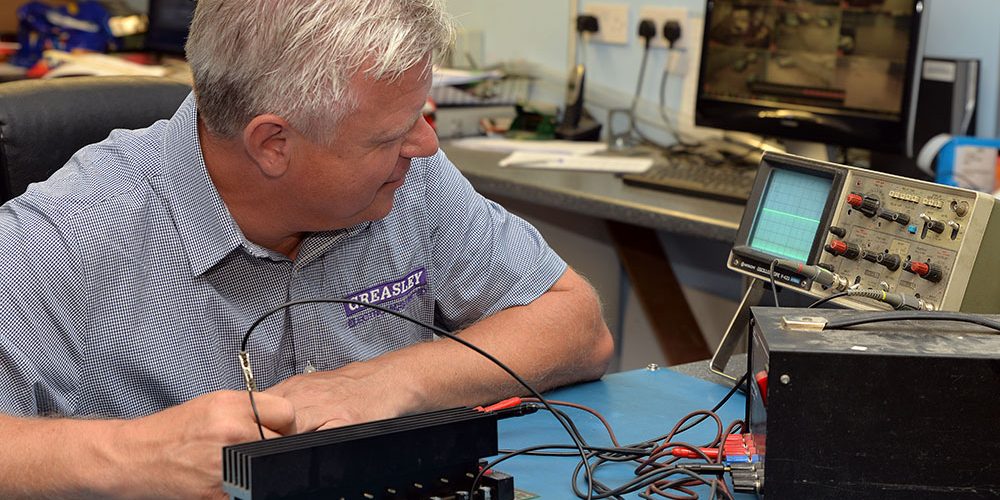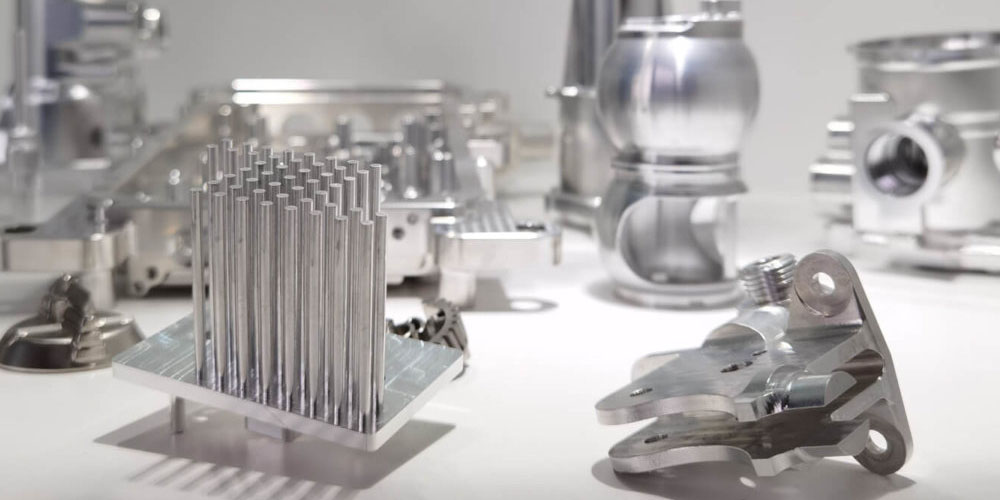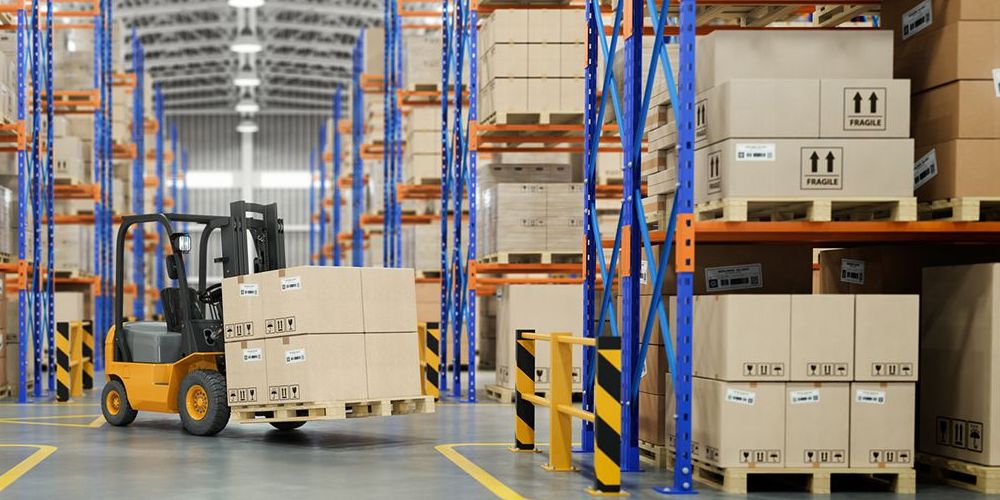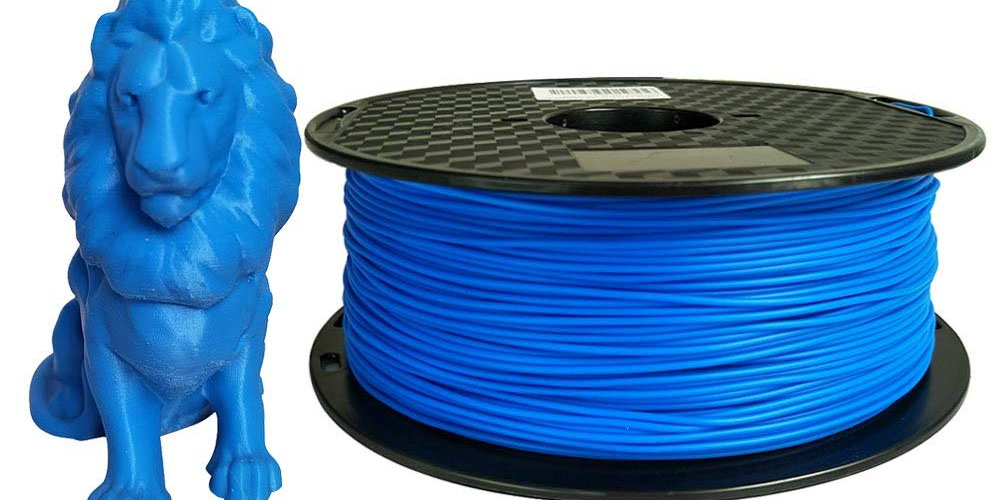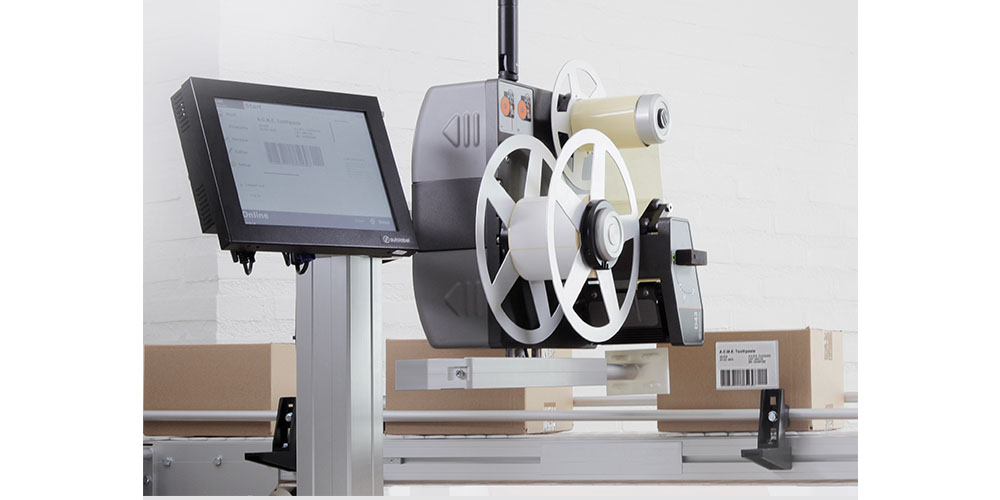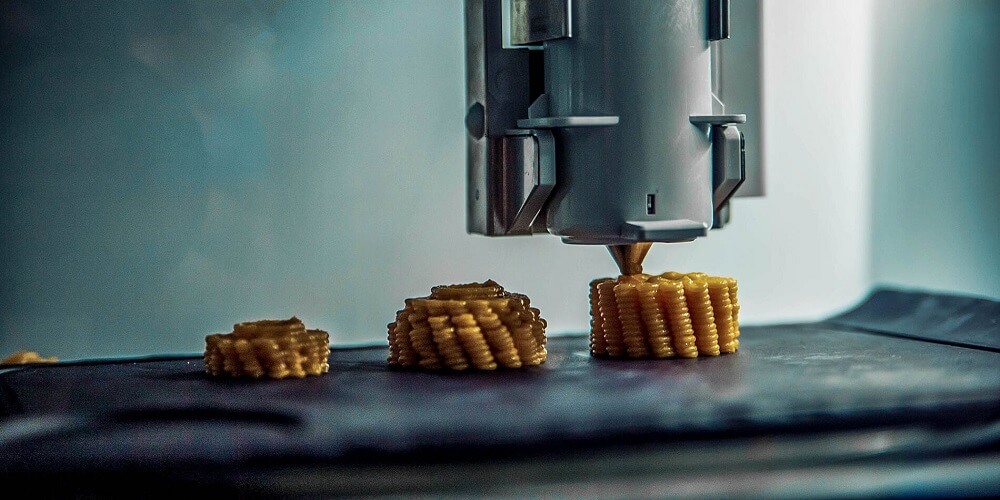The hydraulic press machine’s popularity has grown over the recent years. Furthermore, machine technology has advanced tremendously in the last decade. An example of the advancement is in the automation system of the machine. Additionally, some of the best manufacturers, like, blyhydraulicpress ensure that the machines are durable. Also, the machine can perform several applications. Thus, this article aims to inform you of the hydraulic press machine application.
Four hydraulic press machine application
1. Warm extrusion
The extrusion process can be described as the procedure of creating plastic deformation through the application of compressive force on materials. Warm extrusion popularity in the market is quite high. The method involves heating materials at a temperature above room temperature but below crystallization peak. The purpose of heating the material is to ensure that the material is easy to shape and deform as you need.
Furthermore, the latest advancement in the hydraulic press machine used for warm extrusion allows one to set a pre-determined tonnage. Additionally, there are three most common types of warm extrusion: compound, backward, and forward. Thus, if you are shopping for the hydraulic press machine, ensure that you note the type of part you want to produce to decide on the warm extrusion to select.
2. Stretch draw forming
The best advantage of the hydraulic press machine application for stretch draw forming is that the technique can be used in several industries. The method uses metal dies to change metallic blanks or sheets into any shape you may need. The best use for the technique is in the production of open thin-walled hollow parts such as spherical parts, cylindrical parts, box-shaped parts, and several other parts.
3. Cold extrusion
The hydraulic press machine can be used for cold extrusion. The cold extrusion process involves heating the metal backs at a temperature that is slightly above room temperature or at exactly room temperature. The method is quite popular as it uses the latest technologies for plastic deformation and extrusion processes. Furthermore, the cold extrusion process can be used to produce large volumes of parts at a very high-speed rate.
4. Stamping forming
The stamping forming application of hydraulic press is best used for metallic plate parts. Furthermore, the method is quite popular among sectors that need metallic plates in their production procedures. For example, the automobile industry needs several metallic plates for the manufacturing of automobiles; thus, the stamping forming technique is the best for them.
Additionally, the stamping forming method is beneficial as you can produce many uniform plates in a short period. Also, the crucial point to know is that there are two major processes involved in stamping forming: hot stamping and cold stamping. Hot stamping procedures are widely used on objects with poor plasticity, while cold stamping procedures are used on thin plates with high plasticity.
Conclusion
The hydraulic press machine can employ different techniques for plastic deformation, as you can see from the above. Each method has its own benefits. Thus, if you are shopping for one, it is crucial to know the various techniques present and ensure that your chosen technique matches your specifications.
